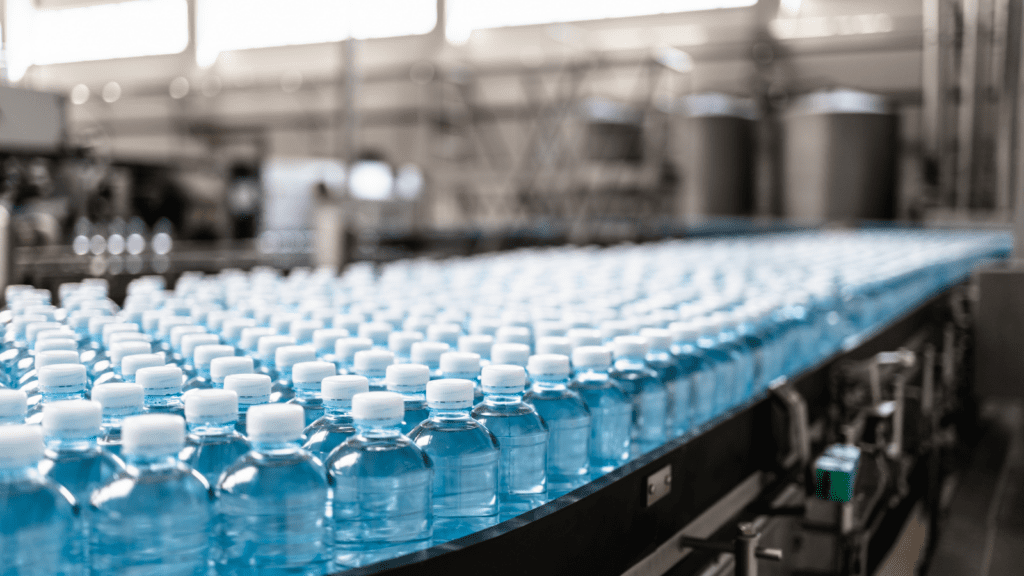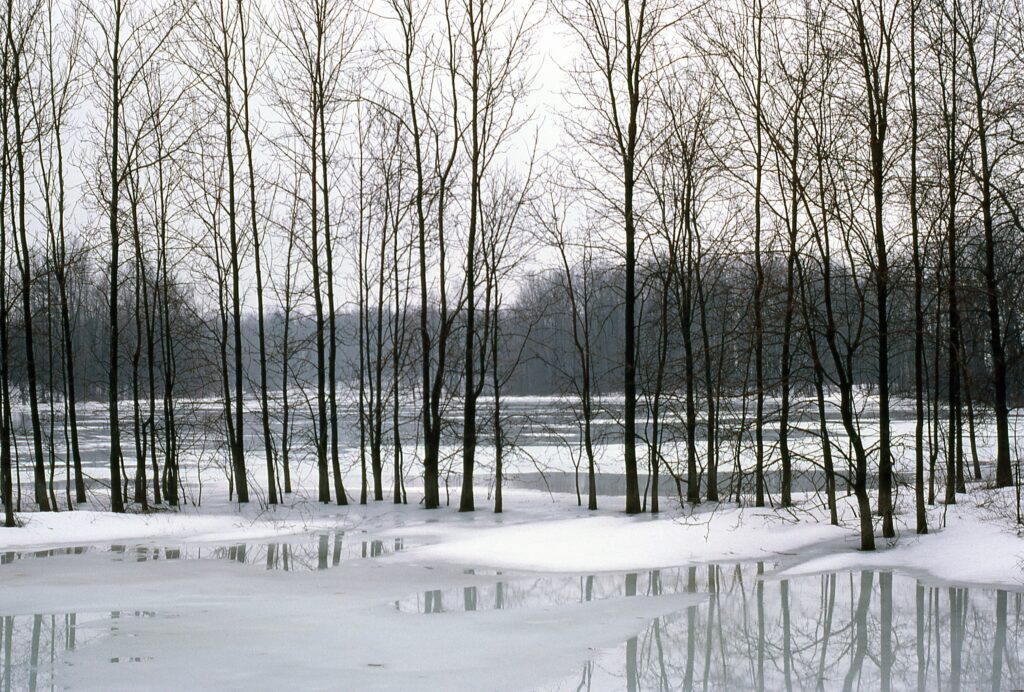Sunny, sweaty summer days have us dreaming about long walks on the beach, and sunset paddles along sparkling rivers and lakes. But an expected and unwanted slimy visitor could once again keep the people who live, work, and play near Lake Erie away from its inviting waters.
Earlier today, the U.S. National Oceanic and Atmospheric Administration (NOAA) announced its 2017 Lake Erie algae bloom forecast. The good news? This year’s bloom probably won’t be as bad as 2014’s, which left nearly 500,000 residents in Toledo, Ohio and Pelee Island, Ont. without access to safe tap water for days.
The bad news? It’s probably going to be much worse than last year’s.
One of the main causes of the blooms is nutrient runoff. This happens when rain and snowmelt flush fertilizers and manure from agricultural lands into streams and rivers. Those streams then carry the nutrient-rich pollutants into the lake where they cause algae to grow out of control.
Last year, most of southwestern Ontario saw below-average rainfall, so we lucked out and had a pretty mild bloom. But over the last couple of months we’ve had a lot of rain, which has washed a lot of nutrients off the land and into the lake — hence the significant algae bloom forecast for the lake this summer.
Earlier this spring, the Ontario and federal governments released a draft plan outlining the actions both governments plan to take to reduce runoff pollution and improve the health of the lake. Unfortunately, the current draft action plan is not a strategy for success. If we want to save Lake Erie, governments need to up their game, rewrite the action plan, and ensure it includes:
- Clear timelines concerning when programs will roll out, and when we can expect to see the health of the lake improve;
- A detailed resourcing plan that outlines what funds are available and what is required to implement the actions identified in the plan; and,
- Incentive programs and in-person support services to help farmers reduce nutrient runoff.
We can solve the Lake Erie algae problem, and keep the lake clean, not green. In fact, we’ve solved it before. But governments need to act — and there’s no time to waste.
You can help too by taking our Lake Erie Pledge, and learning more about actions you can take at home to reduce nutrient runoff.









